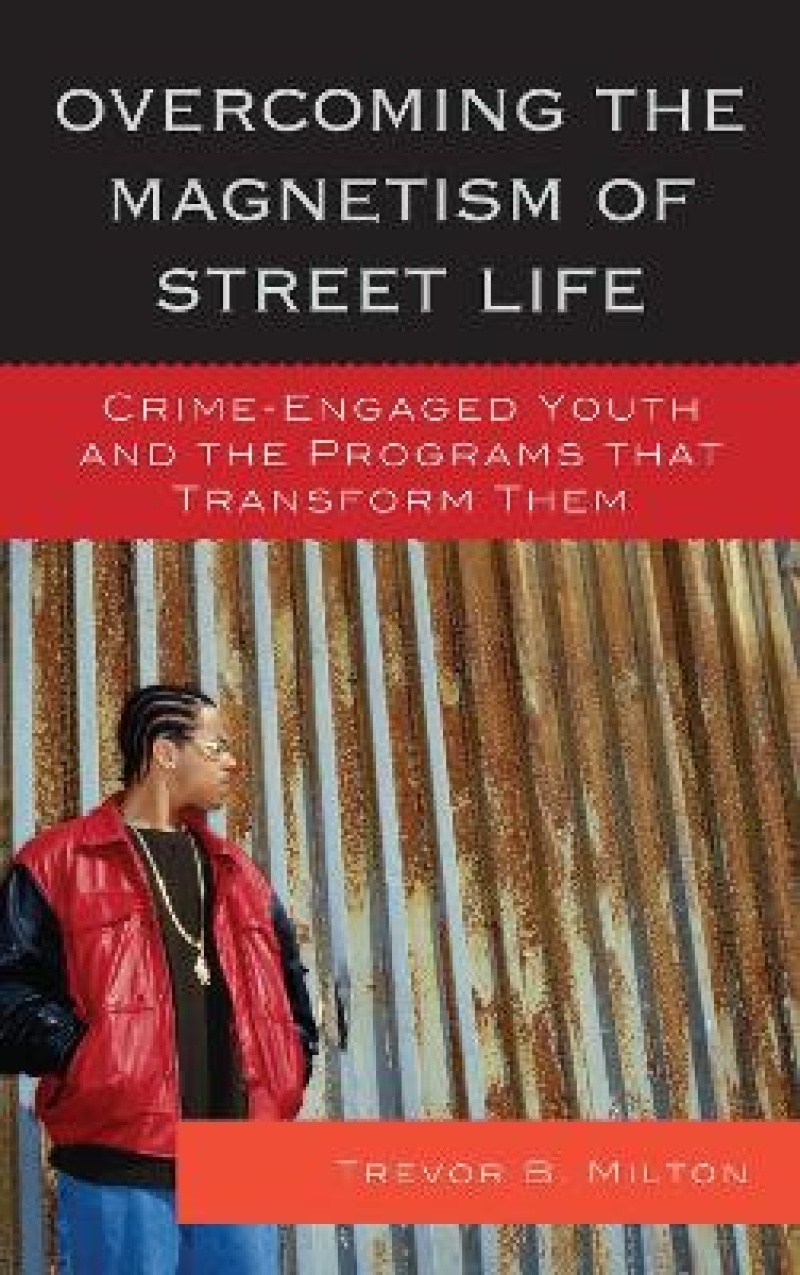Overcoming the Magnetism of Street Life uses rich data to illustrate the challenges facing youth in the most disadvantaged communities of New York City, and ways we can help them. Milton’s vivid portrayals bring the youths’ stories to life and offer compelling evidence about the importance of Alternative to Incarceration programs.
- Aaron Kupchik, University of Delaware,
While remaining very accessible to those outside the field of criminal law and criminal justice, Milton touches on a wide array of themes....Milton's text provides a clear and succinct contribution in what is otherwise a paucity of literature on criminological interventions.
Criminal Law and Criminal Justice Books
Milton (sociology, SUNY College at Old Westbury) examines the use of alternatives to incarceration (ATI) programs for youthful offenders in the 'deprived dozen,' 12 of New York City's most disadvantaged neighborhoods. After describing how the evolution of the juvenile justice system has closely paralleled the evolution of the adult criminal justice system, with its shift in emphasis from rehabilitation to punishment, the author positions ATI programs as part of a larger community justice movement in the opposite direction. From his perspective, ATI programs are one way to provide young people with a social survival kit of tools they will need to avoid street life and pursue alternative paths. Based on his ethnographic fieldwork, Milton profiles four programs, each of which takes a somewhat different approach to keeping delinquent youth in the community and out of secure detention. Interwoven throughout are the stories of several program participants who experienced varying degrees of success.... Summing Up: Recommended. Undergraduate collections; professionals.
CHOICE
